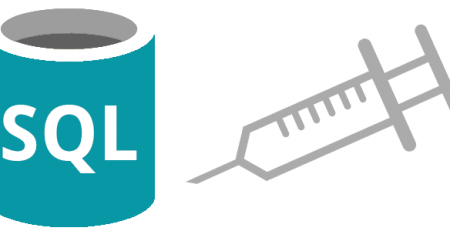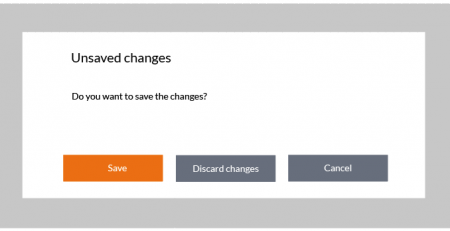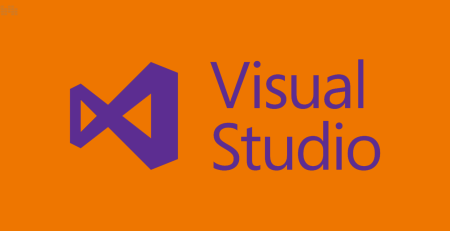What’s New In C# 10?
C# (pronounced “C sharp”) is a popular programming language developed by Microsoft. It is a general-purpose language that is designed to be simple, powerful, and easy to use.
C# is commonly used to build Windows applications, Web and Mobile applications. It is a strongly-typed language with support for object-oriented programming, and it has a rich set of features that make it well-suited for a wide range of applications.
C# is part of the .NET framework, which provides a set of tools and libraries for building applications that run on the Windows platform. C# is a popular choice for building Windows applications because it is easy to learn, has a modern syntax, and has strong support for object-oriented programming concepts.
If you’re new to C#, there are many resources available to help you get started, including online tutorials, books, and online courses. Whether you’re an experienced programmer looking to learn a new language or a beginner just starting out in programming, C# is a great language to learn.
Some C# 10 Features:
- Constructor and method type inference: Allows you to use type inference in constructors and methods, which can make your code more concise and easier to read.
- Improved pattern matching: Adds new patterns and capabilities to C#’s pattern matching feature, including the ability to use patterns in catch blocks and the ability to match ranges of values.
- Improved nullable reference types: Makes it easier to work with nullable reference types by allowing you to use the null-coalescing operator (??) and the null-conditional operator (?.) with them.
- Improved target-typed new expressions: Allows you to use the “new” keyword with an object initializer or collection initializer, and have the type of the object or collection inferred from the context.
- Improved support for functional programming: Adds new features to support functional programming, including partial application and currying.
- Improved support for asynchronous programming: Improves the syntax for asynchronous programming by allowing you to use the “await” keyword in catch and finally blocks.
- Enhanced type patterns: Adds new patterns to the “is” operator and the “switch” statement, including the ability to match tuples and the ability to match types with a specific attribute.
- Improved support for records: Adds new features to improve the usability of records, including the ability to use them as generic type arguments and the ability to use them with pattern matching.
- Enhanced support for target-typed conditional expressions: Allows you to use the “?” and “:” operators with a target type, and have the type of the expression inferred from the context.
- Improved support for unmanaged types: Adds new features to improve the usability of unmanaged types, including the ability to use them as generic type arguments and the ability to use them with pattern matching.












Comment (1)
I’m obliged for the article. Really looking forward to read more. Fantastic.